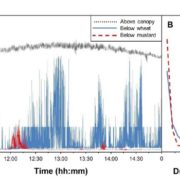
Update: Fluctuating light takes crop photosynthesis on a rollercoaster ride
By Elias Kaiser, Alejandro Morales, Jeremy Harbinson
The environment of the natural world in which plants live, have evolved, and within which photosynthesis operates, is one characterised by change. The time scales over which change occurs can range from seconds (or less) all the way to the geological…
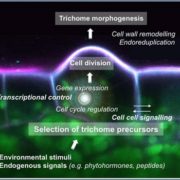
Update: Plant Glandular Trichomes: Natural Cell Factories of High Biotechnological Interest
By Alexandre Huchelmann, Marc Boutry, and Charles Hachez
Abstract
Multicellular glandular trichomes are epidermal outgrowths characterized by the presence of a head made of cells that have the ability to secrete or store large quantities of specialized metabolites. Our understanding of the transcriptional…
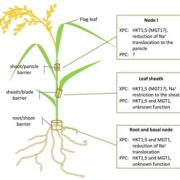
Commentary: Salt Tolerance in Crops: Not Only a Matter of Gene Regulation
0 Comments
/
By Elide Formentin
Rice (Oryza sativa), the primary source of calories for more than 2 billion people, is the most sensitive of all cereal crops to soil salinity, which affects more than 20% of irrigated arable land (FAO and ITPS, 2015). Rice paddies are mainly located at the delta of rivers, where…
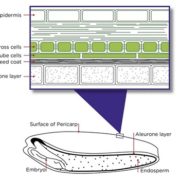
Letter to the Editor: Does C4 Photosynthesis Occur in Wheat Seeds?
By Robert J. Henry, Parimalan Rangan, Agnelo Furtado, Florian A. Busch, Graham D. Farquhar
Does C4 photosynthesis occur in seeds? A nice set of of arguments for and against, as Letters to Editor.
Read more ... http://www.plantphysiol.org/content/174/4/1992
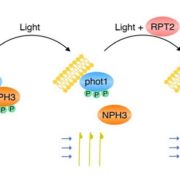
Update: Shining light on the function of NPH3/RPT2-like proteins in phototropin signalling
Blue light regulates diverse functions including phototropism and chloroplast movements. Christie et al. summarize recent updates in understanding the signalling pathway between light perception by phototropins and downstream responses. They describe the central roles for the 33 members (in Arabidopsis)…
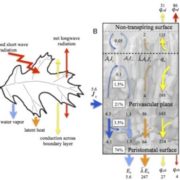
Update: Leaf hydraulic architecture and stomatal conductance: a functional perspective
By Fulton E. Rockwell, and N. Michele Holbrook
The structure of leaf vasculature viewed over a broad phylogenetic scale from lycophytes to eudicots correlates with stomatal conductance (gs), providing the basis for the hypothesis that increasing vein density drove the evolution of high fluxes in angiosperms.…
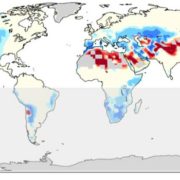
Update: Stomatal function across temporal and spatial scales: deep-time trends, land-atmosphere coupling and global models
By Peter J Franks, Joseph A Berry, Danica L. Lombardozzi, and Gordon B Bonan
The colonization of land by plants and their interaction with biogeochemical and atmospheric processes transformed continental climate and hydrology. Stomata, which evolved to optimize the biological economics of plant carbon…
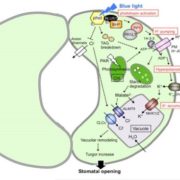
Update: Blue light regulation of stomatal opening and the plasma membrane H+-ATPase
By Shin-ichiro Inoue, and Toshinori Kinoshita
Light-induced stomatal responses were first reported 23 by Francis Darwin (1898). Stomata open in response to light, including blue and red light (Shimazaki et al., 2007). Red light induces stomatal opening via photosynthesis in the mesophyll and guard…
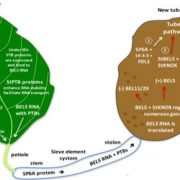
Update: The multiple signals that control tuber formation
Potato is an important food crop, but unlike most of the other major foods, it is a tuber, not a seed. Classic studies showed that there is a mobile, photoperiod-induced signal that moves from the shoot to the stolen tip (an underground, stem-like structure) to initiate tuberization. Experimental studies…

